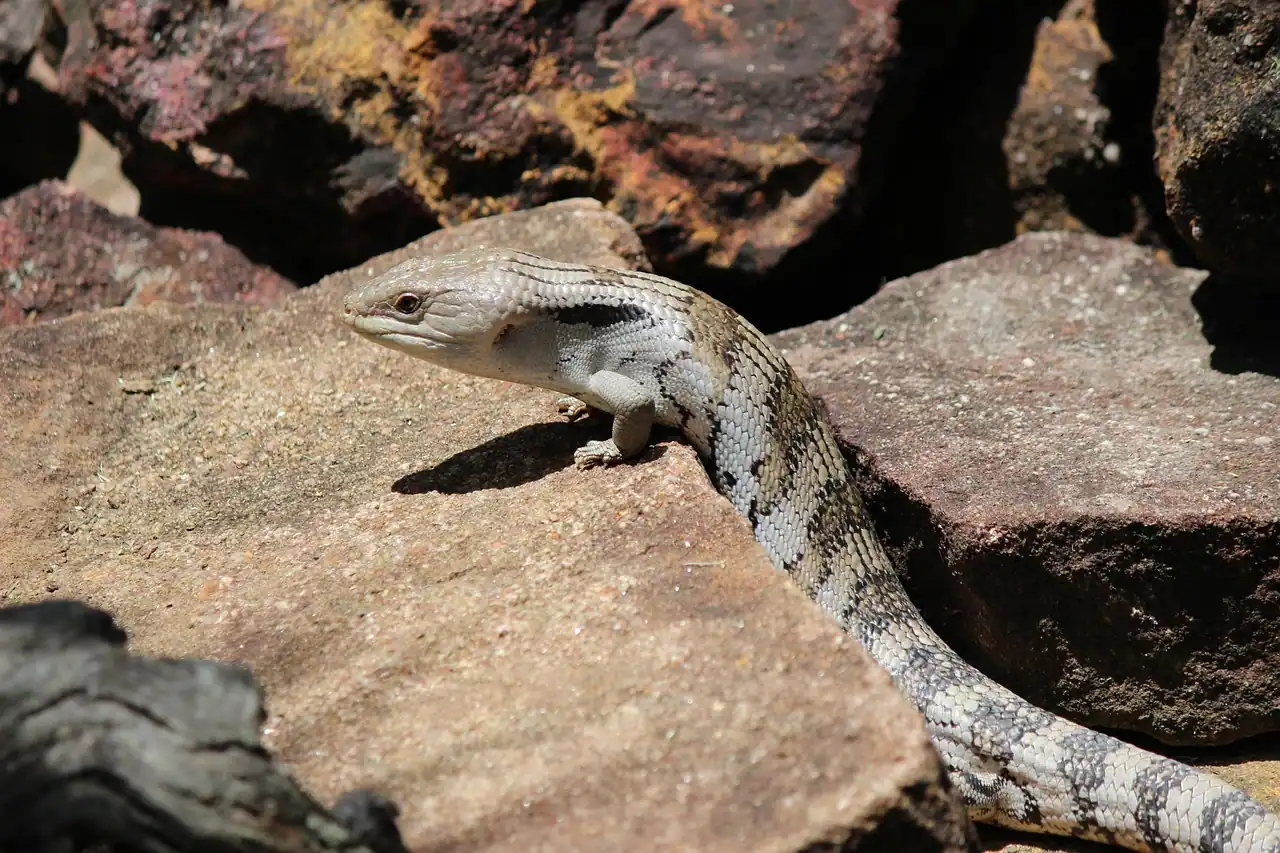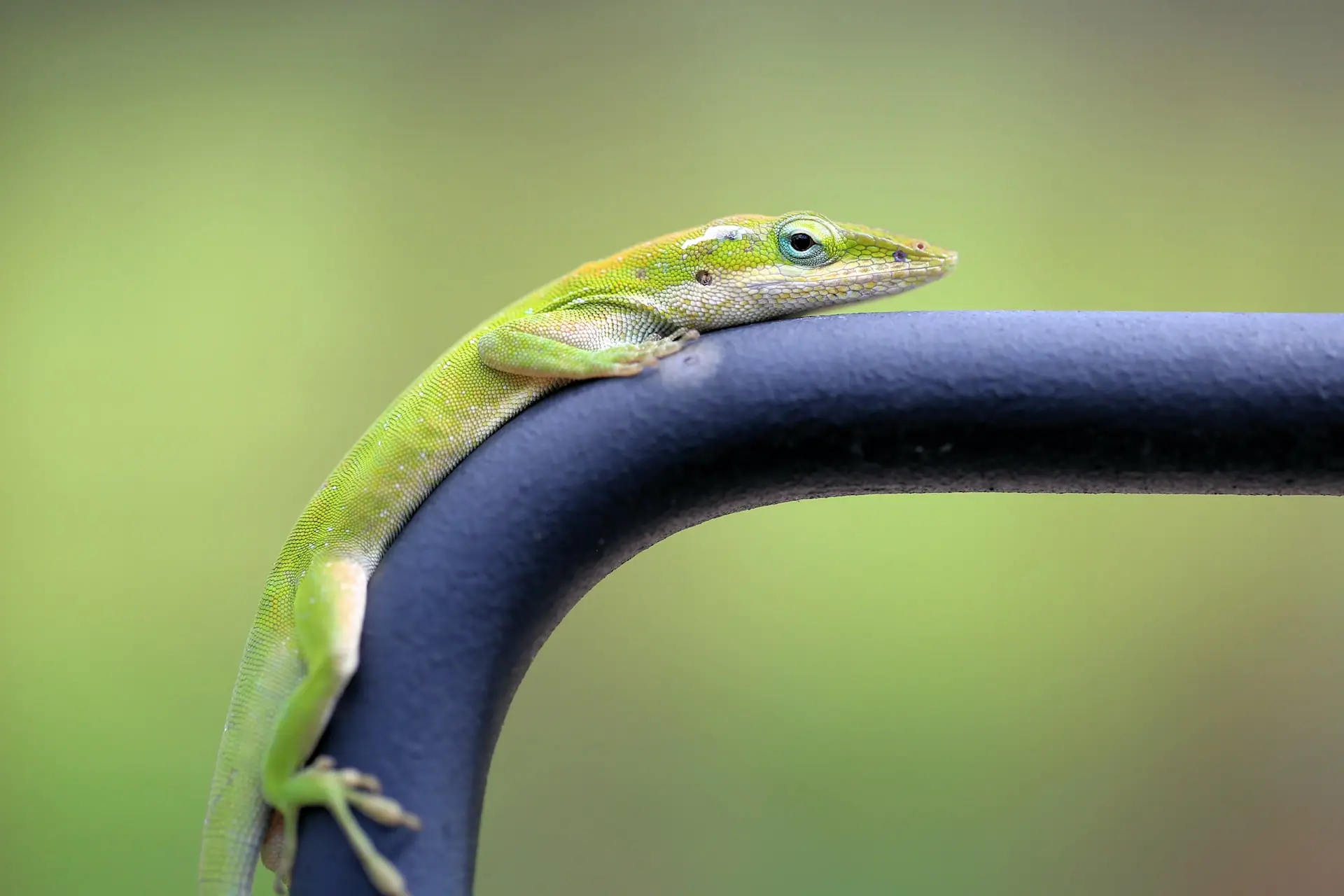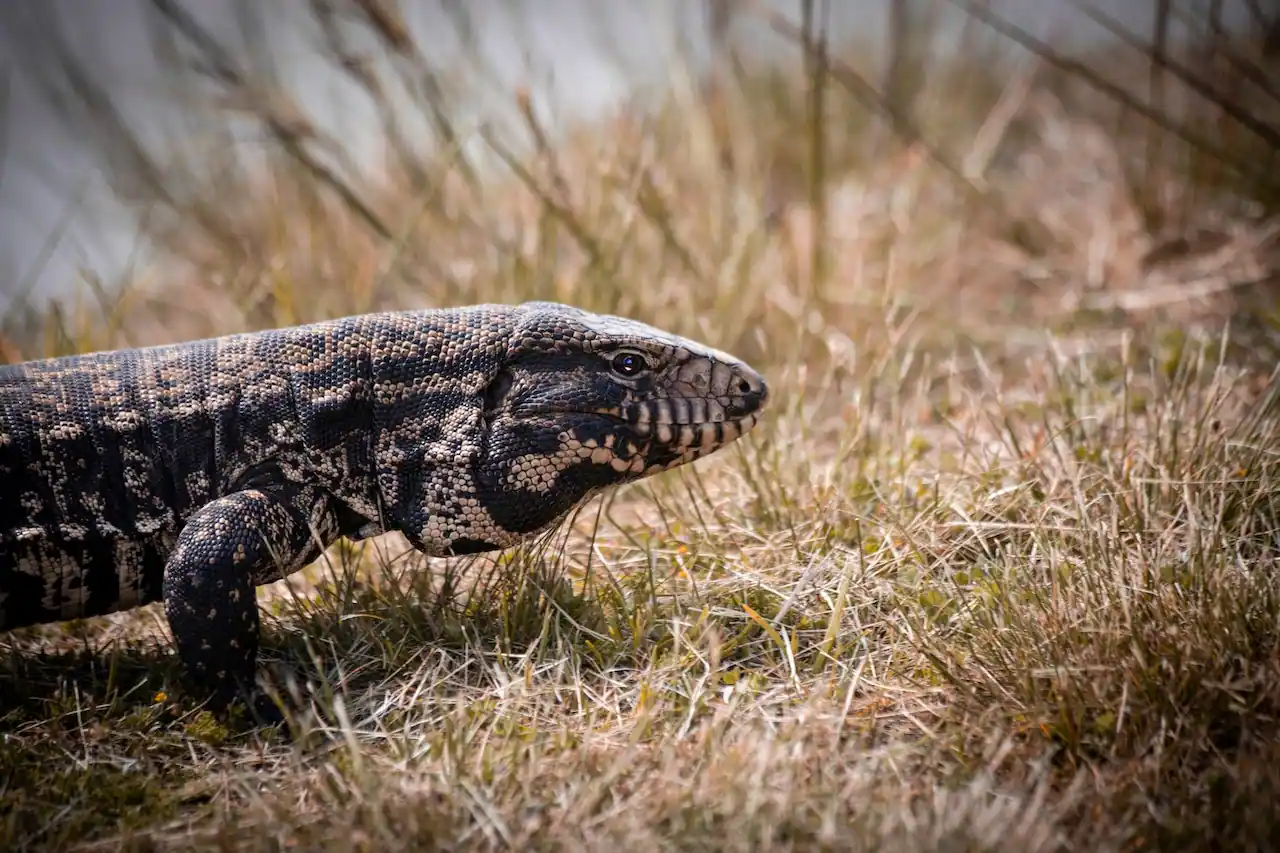7 Best Pet Lizards for Kids
If you're not fond of fur or have any pet allergies, you might find your child's pet choice pretty limited. Fish can be a great alternative, but they can't be picked up. Reptiles can be an even better choice, as many can be held safely and give your child plenty of opportunities to be responsible for them.
What makes a lizard good for kids?
In general, lizards make good pets. However, when it comes to kids, naturally you need to be extra careful while choosing any kind of pets. Every lizard has its own needs, temperament, and tolerance level. An ideal lizard for kids should have the following:
Tolerate rough handling
Being able to tolerate rough handling is essential, especially if this is their first pet or they're quite young. While it's important to teach children how to handle a lizard properly, there are bound to be mistakes during the learning process.
Safe for children
A lizard needs to be safe for children in the first place. If they're too aggressive or territorial, the lizard might warn off a human it's not familiar with and maybe even bite them. We don't want any bloody fingers! Not to mention, avoid any lizards that are venomous.
Calm and playful
A lizard should be calm and open to play so kids can interact with it. Playful lizards are those who maybe need a bit more fulfillment, such as playing with toys like balls. This allows children to engage with their pet and bond with it.
Easy to take care of
Perhaps the most important for busy parents, being easy to take care of is an essential requirement! The more children can take care of their lizard, the more responsible they'll be when they take responsibility.
Best pet lizard for kids
These seven lizards can make ideal pets for kids. Each has their own requirements and are very beginner-friendly, so if you also have no experience with lizards, you'll find teaching care a breeze.
1. Bearded Dragon

Bearded dragons are one of the most popular reptiles for pet owners, as they're easy to care for and outgoing. They're also known as 'beardies' due to the spiky skin under their chin that puffs up. They can live upwards of 10-15 years.
They are active during the day and are very sociable, making them great for children. They can be taken out of their vivarium for 10-15 minutes at a time.
These omnivores need a mixture of live insects and vegetables, balanced based on the age of your dragon. Make sure to research which are best for bearded dragons and give them variety.
An adult bearded dragon needs a 120-gallon vivarium. The hot end of the vivarium should be between 105-110°F, with the cool end between 75-85°F. They also need UVB lighting, so make sure to get at least a 10% UVB fluorescent tube. You can learn more about setting up your bearded dragon's vivarium here.
2. Leopard Gecko

Leopard geckos are part of the gecko family and can live over 20 years when cared for properly. Their spots can come in a large variety of colors.
Their docile and placid nature makes them perfect as a pet for all the family, and they're very easy to take care of. Leopard geckos are happy to be held by anyone, though you should avoid touching their tail in case they drop it out of fear.
Their diet consists primarily of live invertebrates such as crickets, with waxworms on infrequent occasions. Their food should be dusted with suitable vitamin and calcium supplements before being offered to the gecko.
A leopard gecko's tank should be over 20 gallons - these geckos are terrestrial and stay on the ground, so as long as they're tall enough to contain some rocks they'll be okay. A heat mat is recommended for heating, though it should be small enough there is a cooler side in the vivarium. The hot side of the enclosure should be 82-86°F, while the cool side is should be 75-78°F.
3. Crested Gecko

Crested geckos are another type of gecko which make great pets for older children, as rough handling can cause them to shed their tail. They come in a variety of different colors and crests, and can live for 15-20 years.
Because crested geckos are active at dusk and dawn, they are a great choice for children who don't have too much time in the day. They enjoy companionship, but it takes some time for them to get used to handling.
A variety of mashed fruits can be fed to cresties, as well as live insects, but premix powder foods for crested geckos is acceptable. These geckos do like to hunt insects so the occasional live food is very beneficial for them.
Crested geckos are arboreal and need lots of branches and vines, so they'll need a tall vivarium so they can climb. A crested gecko's vivarium should have a hot end (78-82°F) and a cool end (68-75°F), be at least 25 gallons, and have florescent lights on 12-14 hours a day.
If you like crested geckos, you might want to check out gargoyle geckos as well. They both come from the island country of New Caledonia and they both have similar care requirements. While gargoyle geckos come with a higher price tag, they generally possess more vibrant colors and make good pets for kids.
4. Blue-tongue Skink

Blue-tongue skinks are large lizards who live between 10 and 20 years and reach up to 20 inches long. They get their name from their distinctive blue tongues.
They make fantastic pets for children despite their size because they're easy to care for and low-maintenance. While generally docile, they do bite if they feel threatened, but are otherwise easily tamed and quiet.
As true omnivores, blue-tongue skinks need variety and a calcium and vitamin D supplement. They prefer vegetables and animal matter and can have fruit as occasional treats. Crickets, dubia cockroaches, and chicken are just some of the many options for their diet.
These skinks need their vivarium to be 75-85°F with a hotter basking spot at around 95 °F. A 40- to 55-gallon tank is the recommended size so they have plenty of space to move around in, they also enjoy bathing in large and shallow water dishes. A basking light should be accompanied by a UVA or UVB light for 10 to 12 hours a day.
5. Spiny-Tailed Lizard

There are only six species of spiny-tailed lizards (or uromastyx) available as pets in the United States. They take their name from the spiny rings on their tail and live for 15-20 years.
Spiny-tailed lizards can be great pets, as they're very mild-mannered, stoic, and hardy. They can be handled for short periods, as they spend most of their time basking and hiding in burrows.
Their diet is primarily vegetarian, but they still enjoy mealworms and other insects as occasional treats. Fresh salads are best for uromastyx, though kale and spinach should be avoided. A dusting of calcium supplement will help keep them healthy.
These lizards need a vivarium with UV radiation and heat, with at least 40 gallons of space once fully grown. Their cool side of the vivarium needs to be 80-90°F, while their basking spot should be 120-130°F. Reptile Guide has a great care sheet covering needs for the uromastyx.
6. Green Anole

Despite their name, green anoles can change colors from green to brown and back again, which is why they're sometimes called the American chameleon. They live for around 4-8 years.
They are great starter pets for children because they're very active during the day and love climbing. They're also very willing to interact with their owners, even eating from hands.
Green anoles are insectivores who can eat mostly crickets, though varying their diet with mealworms and waxworms is recommended, as well as calcium and vitamin supplement dusting.
A 10-gallon tank is big enough for a single anole, with a humidity level of 60-70%. The cool side of the vivarium should be 75-80°F with an 85-90°F basking spot. Anoles need UV light for 10 to 12 hours per day.
7. Argentine Black and White Tegu

The black and white tegu is a large lizard known for its distinctive white and black spots-and-stripes. They typically live for up to 15 years.
They're largely docile and regular handling when young can ensure this behavior, though handling when an adult is hungry or eating is not advised.
Juvenile tegus mostly eat crickets and feeder insects, but an adult tegu can be fed mice (preferably with no fur). It's important to be careful when feeding them mice as they may bite when hungry. They can also eat a variety of fruit and vegetable treats.
Because of their size and activity, a tegu needs a vivarium at least twice their length, so may need a custom-built enclosure. They like to burrow so it's important to provide them that opportunity. The enclosure should have UV lighting and daytime temperatures at around 80-85°F, with a basking spot of 100-110°F.
Summing-up
All pet lizards have their own unique requirements and behaviors, so it's important to fully research before committing to buying a lizard. You should think about how much time and attention they require, as well as what your child wants out of a pet. Bearded dragons are popular for a reason as the best pet lizard for kids - they tick all the boxes and can even be potty trained!